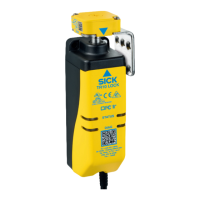Figure 6: Deviation between mounting levels of the safety switch and the actuator
Mounting at CIP (Clean-In-Place)
The enclosure rating of the safety locking device is classified with IP69 in accordance
with IEC 60529. The standard stipulates a short thorough check with 80°C water
under high pressure. The IP69 enclosure rating guarantees neither protection from
liquids other than water nor durability at regular and ongoing exposure.
However, this safety locking device is designed for CIP applications, e.g. through the use
of materials resistant to common alkaline cleaning agents.
For maximum service life, the safety locking device must be mounted upside down and
the plug must be removed from the actuator. This ensures the best possible discharge
of liquids and protects the locking pin mechanics.
Figure 7: Ideal mounting direction for CIP applications
Mounting near metal particles
Metal particles (chips or dust) can impair the safety locking device. When metal parti‐
cles collect on the locking pin, it can lead to locking pin blockage and to failure of
the safety locking device in the long term. Ferromagnetic particles from permanent
magnets in particular are drawn to the locking pin. Observe the following when using
the safety locking device near metal particles:
•
Protect the safety locking device from metal particles with constructive measures,
e.g.:
°
Shielding with protective plates
°
Select the mounting site so that the safety locking device is not exposed to
metal particles, e.g. at some distance to the source of metal particles or
outside the room.
•
If constructive measures cannot prevent the safety locking device from coming
into contact with metal particles, the safety locking device must be checked and
cleaned regularly before metal particles can collect on the locking pin.
PROJECT PLANNING 4
8019972/1CS1/2022-07-20 | SICK O P E R A T I N G I N S T R U C T I O N S | TR10 Lock
15
Subject to change without notice

